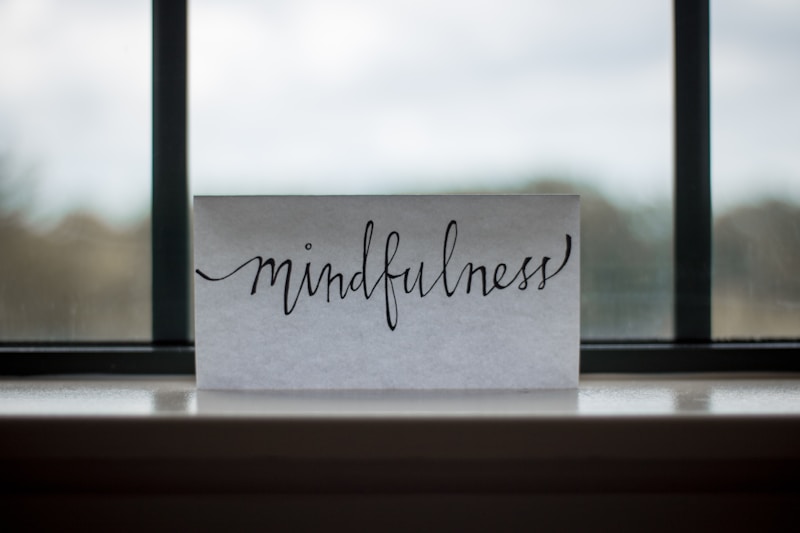Amani Eke is the Founder of Project Yogi – a not-for-profit organisation that teaches yoga and mindfulness to children in schools and youth groups in London. She is an inspirational person who saw how the health and well-being benefits of yoga would help the children she worked with, and actually did something about it.
1. How did you get into yoga yourself?
I’ve always been interested in black and African history and when I was doing some research I came across an ancient form of Egyptian ‘yoga’, called Smai Tawi [literally ‘the union of two lands’]. Based on postures recorded in ancient Egyptian hieroglyphics, it was an ancient path to enlightenment – the union of the body and the spirit.
I started practising the postures at home from books and then came across an African Yoga class in Brixton taught by Pablo Imani – the founder of Afrikan Yoga. He taught a unique form of yoga infused with Tai Chi and African movement. From the very beginning, it really resonated with me and I became addicted – committing fully to the class and going every week. It made me feel energised and relaxed and my mind was at peace.
2. What’s the response when you talk about Egyptian Yoga or Kemetic yoga as it’s also known?
I was once teaching an Egyptian Yoga community class to raise some awareness and I asked for some feedback. One woman said how dare I call it yoga. But the evidence is out there – there are postures on the pyramids!
Since the recent resurgence in Black Lives Matter, people seem to be more open, more up for listening. The lack of knowledge about this ancient physical practice is just one example of how black history is glossed over or ignored. Hopefully, things are changing and we are starting to acknowledge our heritage and value. I am hopeful for change.
3. What was the inspiration behind setting up your not-for-profit organisation, Project Yogi?
I was working in education as a secondary school teacher and supply teacher and an opportunity came up to do a yoga teacher training in 2014, and it felt right – I wanted to get some deeper knowledge.
I also felt it would be a good tool to use with young people, so I then did some further training to work with teens and a Hatha yoga teacher training course, which developed my idea further. It wasn’t a sudden moment of ‘this is what I want to do’, but a gradual realisation that this was something that had helped me with anxiety and feeling low – and that it would benefit the kids too.
It started out as a standard yoga teaching business in community halls and studios, with classes open to all. I had students, but it wasn’t targeting the young people I wanted to reach. The children and young people that came tended to be those that had parents that were already committed to yoga, as well as had the means to afford the classes. However, the problem seemed to be that those children – and their parents – weren’t initially interested in what I had to offer!
So it made sense to change my business into a not-for-profit organisation, which would mean I would have access to funding and could offer support directly to the schools or young people that had funding issues.
4. How does Project Yogi benefit the kids?
The yoga has real social and emotional input, helping with behavior, emotions, self-regulation, self-esteem, self-development and wellbeing.
We always have a discussion during the session – it helps them to give feedback, feel more relaxed and to ask questions. We try to confirm their sense of self-esteem through different exercises, for example, we might ask them to pinpoint their good qualities, or think positively about themselves – such as talking about a skill or hobby.
In the sessions, there are always discussions, breathwork and yoga, or mindfulness. There’s not always yoga simply because the kids might be in school uniform and don’t have time to change, or we might not have the space. If it’s possible, we’ll do some stretches or a relaxation exercise.
5. What’s the most rewarding thing about working with children and young people?
The most rewarding part of what I do is seeing the kids grow in the practice, as they start to learn more and ask more questions. The other day one girl told me that she’d started doing ten minutes of yoga every day before school, which is what it’s all about.
6. What advice would you give to yoga teachers thinking about teaching children’s classes?
Get some experience! I’ve been contacted by teachers who like the idea of working with children, but when they try it the reality can be different to what they expected! It’s completely different to teaching adults, you firstly need to connect with them, but then keep them engaged and get to their level.
You might have the best lesson plan in the world, but teaching kids you have to be prepared to think on your feet. It’s so unpredictable, but also really energising and fun.
7. How has lockdown affected the work of Project Yogi?
Lockdown has been really difficult. All the schools and youth organisations have cancelled our programme for now, and apart from a couple of online workshops with other yoga studios it’s all stopped.
Going forwards we need to learn from this and find a way to stay connected with the kids. We realise that we’ve come to rely on going through the schools, but we need to find a way to be a community for these kids. We’ve set up a Go-fund-me page to raise money to take what we do online and make it accessible for the kids that might not have access to technology and Wi-Fi.
8. What are your goals for Project Yogi?
Our goal is to serve a lot more young people. At the moment we work in South London, and are branching out into East London, but the aim is to reach young people throughout the capital and beyond. If we can work on taking what we offer online, that would also help to increase our reach.
9. How do you survive financially?
I’m super busy! I still do some teaching supply work, and I also teach adult yoga lessons at pop up events, plus loads of cover teaching. I do pay myself for when I teach for Project Yogi – all the teachers are paid for their time.
Occasionally I’ll pay myself for the time spent on all the admin and day to day management, but not often. I do find that I’m always running around like a headless chicken, which can be overwhelming and exhausting.
10. What gets you through hard times?
I would definitely say my yoga practice and what I’ve learnt from it. I had a difficult day at the weekend, but I’ve learnt to accept things as they are and know that it passes. Mindfulness and meditation are also the tools I use to push through those rough days.
11. Can yoga make the world a better place?
Yoga can support making the world a better place, definitely. The world is not an easy place for young people these days, but yoga can help build their resilience and plants a seed that they can grow and nurture for themselves. Because if we look after our young people, we’re supporting them to make the world a better place.
12. What would you say to your teenage self?
I would say to teenage me, “Just keep persevering. Things can be difficult, but you will overcome those things and grow and learn from them. Keep on pushing!”
If you’re interested in supporting Project Yogi and the valuable work it does, then please head to Amani’s gofundme page to help her and her team.













